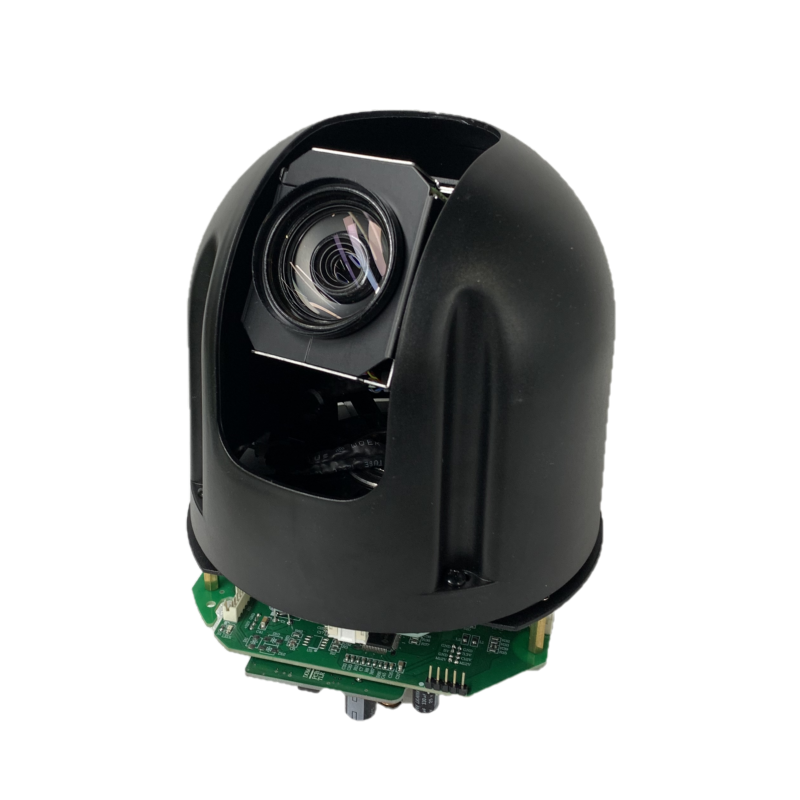Introduction to Explosion-Proof Camera Technology
In industries where safety is paramount, the role of technology cannot be overstated. Hazardous environments such as those found in oil, gas, and chemical industries require stringent safety protocols to protect both personnel and equipment. One technological advancement that has significantly contributed to safeguarding these environments is the explosion-proof camera module. These specialized devices, often referred to as Anti-Explosion Camera Modules, play a critical role in enhancing safety by providing continuous monitoring and risk assessment capabilities.
Global Safety Standards and Certifications
● Importance of Safety Standards
The development and deployment of explosion-proof camera technology are heavily governed by global safety standards and certifications. Compliance with these standards ensures that the equipment is capable of withstanding harsh conditions without compromising safety.
● Explanation of ATEX, IECEx, and UL Certifications
Among the most recognized certifications are ATEX (Atmosphères Explosibles), IECEx (International Electrotechnical Commission Explosive), and UL (Underwriters Laboratories). These certifications set robust guidelines for the design and functionality of explosion-proof devices, including Anti-Explosion Camera Modules. Adherence to these standards not only guarantees product safety but also assures users of reliable performance in hazardous settings.
Applications in Oil, Gas, and Chemical Industries
● Identifying Potential Hazards
Industries such as oil, gas, and chemicals are inherently hazardous due to the flammable and explosive nature of the materials they handle. Anti-Explosion Camera Modules are crucial in these sectors for identifying and mitigating potential risks. By providing real-time visual feedback, these cameras help in pinpointing areas that require immediate attention and intervention.
● Role of Cameras in Maintaining Safety Protocols
By integrating explosion-proof cameras into their safety protocols, companies can ensure ongoing surveillance is maintained even in the most dangerous environments. This continuous monitoring allows for prompt identification and rectification of safety breaches, minimizing the risk of accidents and ensuring compliance with industry regulations.
Risk Identification and Accident Prevention
● Early Detection of Failures or Chemical Leaks
One of the primary advantages of using Anti-Explosion Camera Modules is their ability to detect failures or chemical leaks at an early stage. These cameras utilize advanced sensors and analytics to provide alerts on any deviations from normal operational parameters.
● Reduction of Accident Likelihood Through Surveillance
By capturing high-definition footage, explosion-proof cameras help in reducing the likelihood of accidents. The ability to review recorded footage facilitates the analysis of incidents and the implementation of improved safety measures.
Design Features of Explosion-Proof Cameras
● Structural Design to Prevent Explosions and Fires
The design of explosion-proof cameras is centered around preventing any sparks or heat from escaping the device, which could potentially trigger an explosion in volatile environments. These cameras are encased in robust, heat-resistant materials to ensure they remain safe even in extreme conditions.
● Materials and Technology Used in Manufacturing
Manufacturers of Anti-Explosion Camera Modules employ cutting-edge materials and technology to enhance durability and safety. These include stainless steel casings, specialized seals, and anti-corrosive coatings. This technology not only ensures the longevity of the devices but also their reliability in critical situations.
Enhancing Worker and Equipment Safety
● Protection Measures for Workers in Hazardous Environments
By providing accurate and real-time monitoring, explosion-proof cameras significantly contribute to worker safety. Workers are alerted promptly to any changes in the environment that could pose a threat, allowing them to evacuate or take corrective action swiftly.
● Ensuring Equipment Safety Through Monitoring
Additionally, these cameras play an essential role in safeguarding equipment. Continuous monitoring allows for the early detection of malfunctions or wear and tear, preventing potentially costly damages and operational downtimes.
Verification and Accuracy in Safety Technology
● Importance of Verifying Camera Information and Data
The reliability of Anti-Explosion Camera Modules is contingent upon the accuracy and verification of the data they capture. Ensuring that these devices deliver precise information is critical for effective risk management in hazardous environments.
● Methods for Ensuring Accuracy in Safety Monitoring
Manufacturers incorporate advanced calibration techniques and rigorous testing protocols to ensure that their devices provide trustworthy data. Regular maintenance and updates to the software further enhance the accuracy and reliability of these cameras.
Challenges and Limitations in Implementation
● Technical and Operational Challenges Faced by Industries
Despite the many benefits offered by explosion-proof cameras, there are challenges in their implementation. These include technical constraints such as installation complexities and operational issues such as data management.
● Solutions and Adaptations for Overcoming Limitations
To overcome these challenges, industries are adopting innovative solutions such as wireless transmission technology and automated data processing systems. Such adaptations not only simplify the implementation process but also optimize the efficiency of these safety devices.
Future Trends in Explosion-Proof Camera Development
● Innovations and Advancements in Camera Technology
The field of Anti-Explosion Camera Modules is poised for significant advancements. Emerging trends include the integration of artificial intelligence and machine learning capabilities, which promise to further enhance safety monitoring and risk assessment.
● Predicted Impacts on Industrial Safety Standards
As these technologies advance, they are expected to reshape safety standards across industries. Enhanced capabilities will lead to improved compliance and more robust safety protocols, ultimately fostering safer working environments.
Conclusion and Takeaways on Industrial Safety
In conclusion, the development and deployment of Anti-Explosion Camera Modules represent a significant stride in ensuring safety within hazardous industries. By adhering to stringent global standards and innovating continuously, these devices offer unparalleled surveillance capabilities and risk mitigation. As technology evolves, so too will the safety protocols and standards, leading toward even more secure industrial operations.
Huanyu Vision: A Leader in Camera Module Technology
It is a great pleasure to have the opportunity to meet our valued partners on our website. Hangzhou Huanyu Vision Technology Co., Ltd., founded in July 2019, has rapidly become an industry leader in providing zoom camera modules in China. As a certified National High-tech Enterprise since early 2021, Huanyu Vision boasts a robust R&D team with employees possessing over a decade of experience. Our commitment to technical excellence and responsive support ensures that we continue to deliver exceptional value to our partners across various industries.
Post time: 2025-02-28 09:51:05





